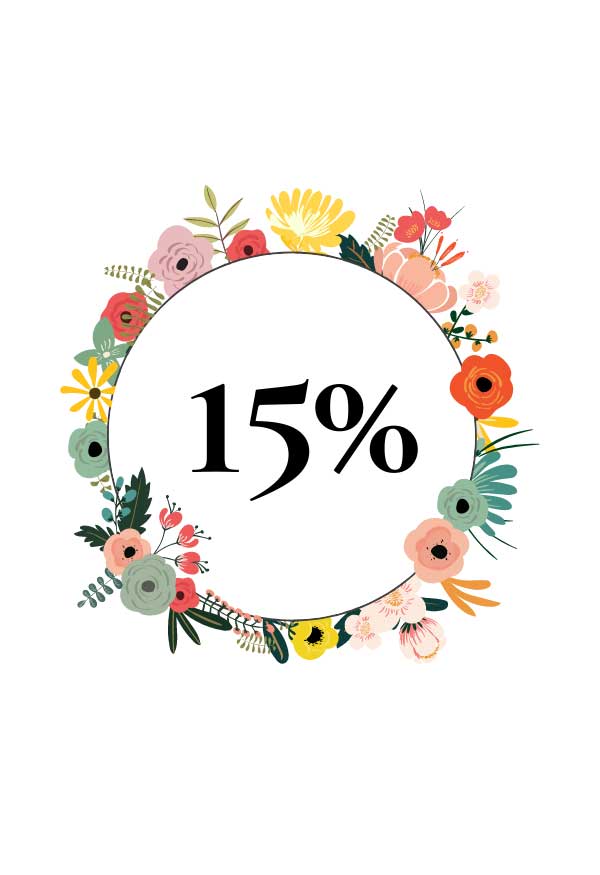
« Sea buckthorn has more than nine times the quantity of vitamin C found in citrus fruits »
| Common name(s): | sea buckthorn |
| Family: | Elaeagnaceae |
| Origin: | Europe, Asia |
| Parts used: | leaves, flowers, fruits |
| Constituents: | proanthocyanidins, dimeric, trimeric, tetrameric, Vitamins(C, B1, B2, B6, A, E, F, P, K1, D, carotenoids, lycopene), minerals (macronutrients, potassium, magnesium, calcium, iron, zinc, copper, manganese, nickel), tocopherols, tocotrienols, unsaturated fatty acids (palmitooleic acid, gamma-linolenic acid), antioxidants |
| Therapeutic actions: | antiatherogenic, anti-aggregative, antioxidant, anti-inflammatory, anti-atherosclerotic, anti-ulcerogenic, hepato-protective |
| Organs or systems affected: | blood, liver, bones, central nervous system, immune system, gastrointestinal system, muscles, cardiovascular system, skin |
| Main medicinal uses: |
|
| Counterindications: | Generally considered safe in normal daily amounts in food of herbal teas. Avoid use during pregnancy. Sea buckthorn might lower blood pressure when taken as medicine. Use with care and consult your doctor for prolonged used. |


